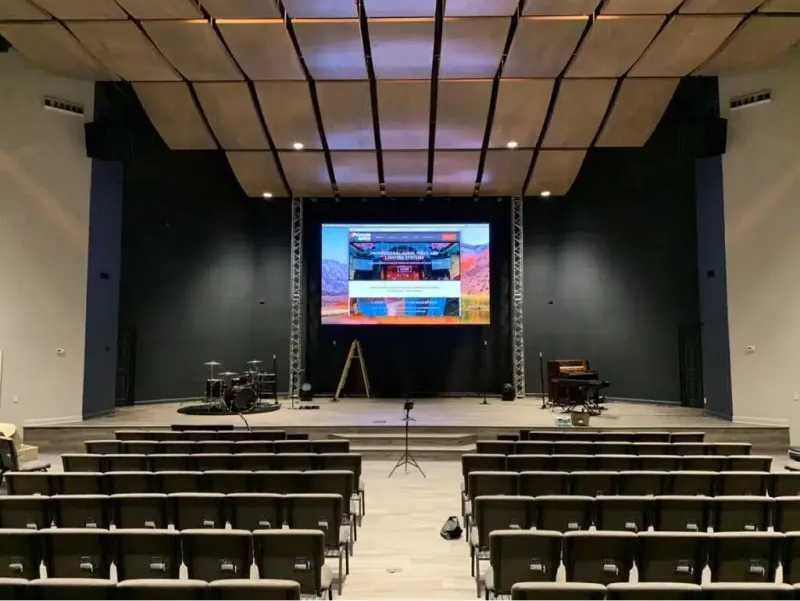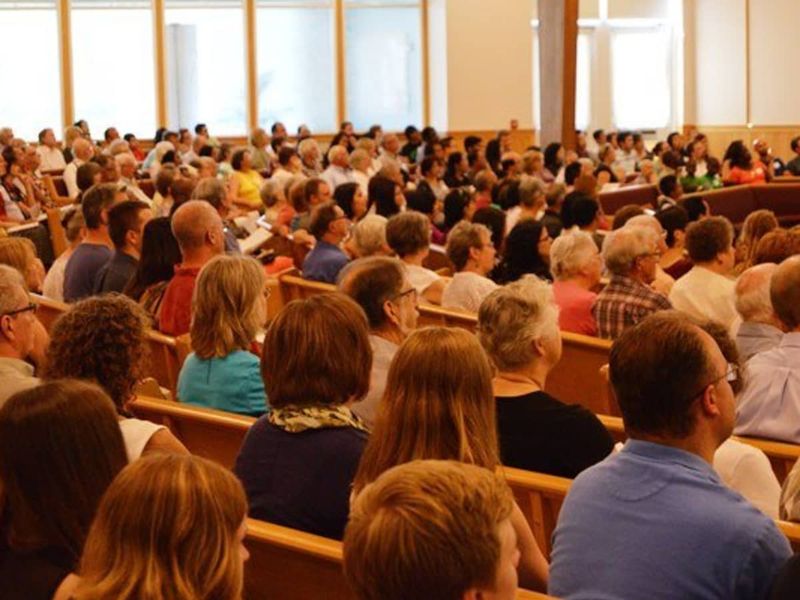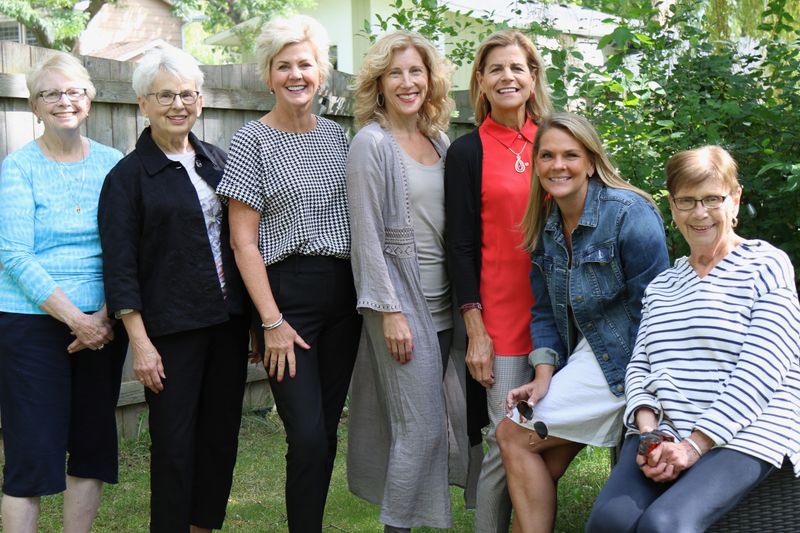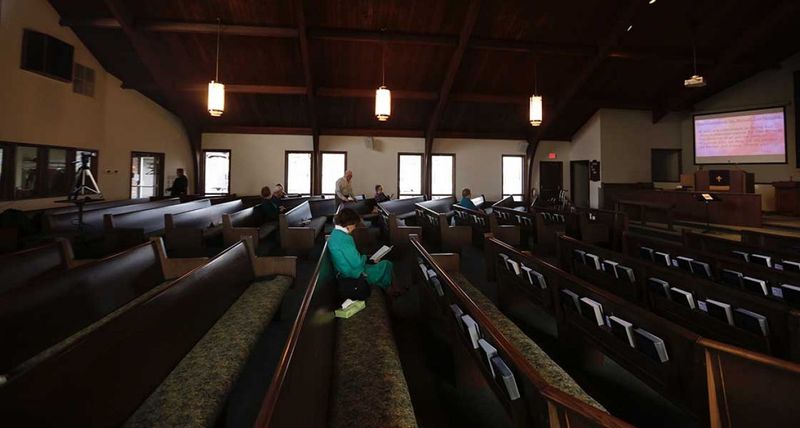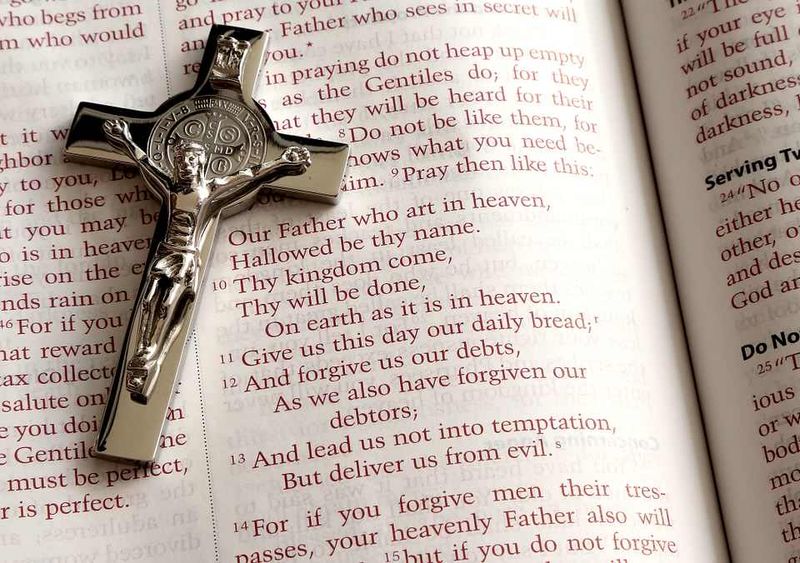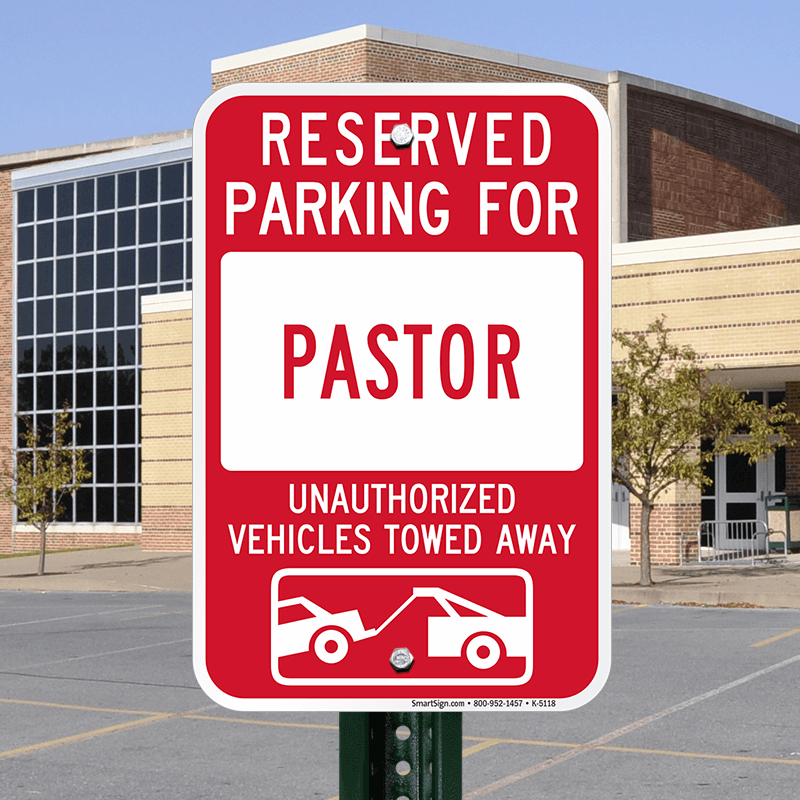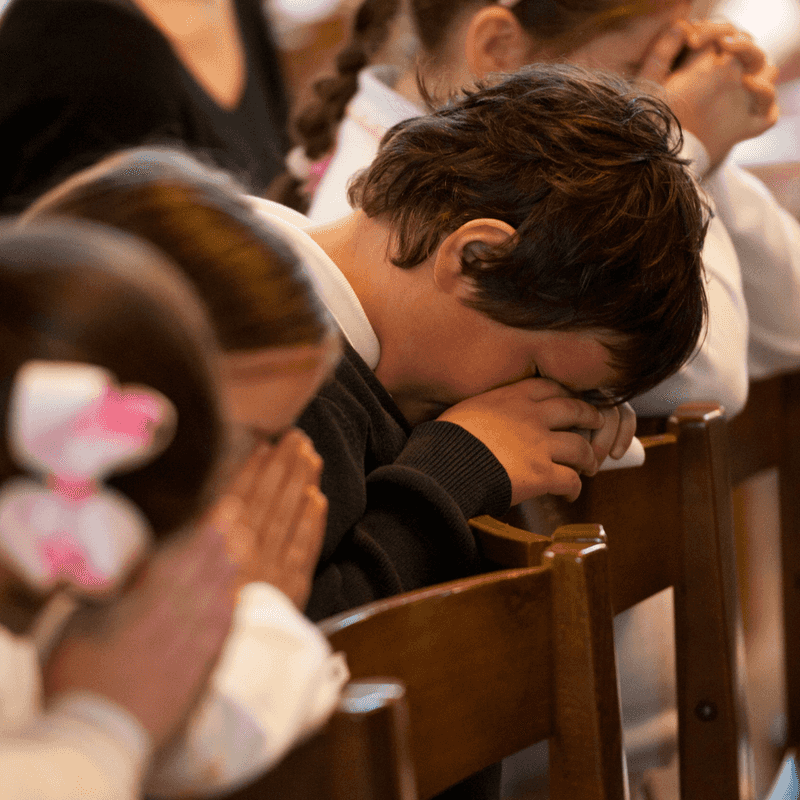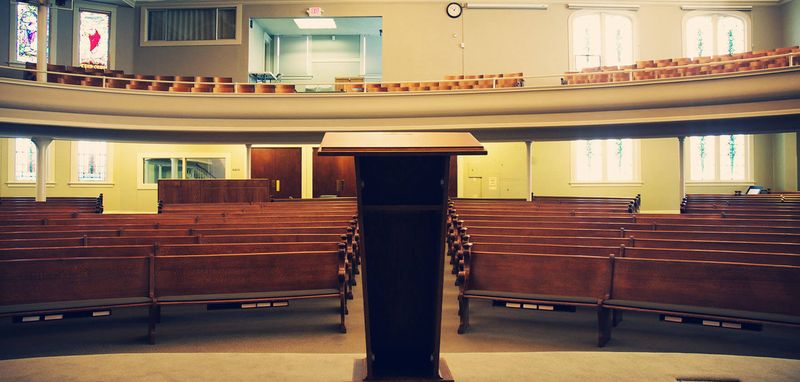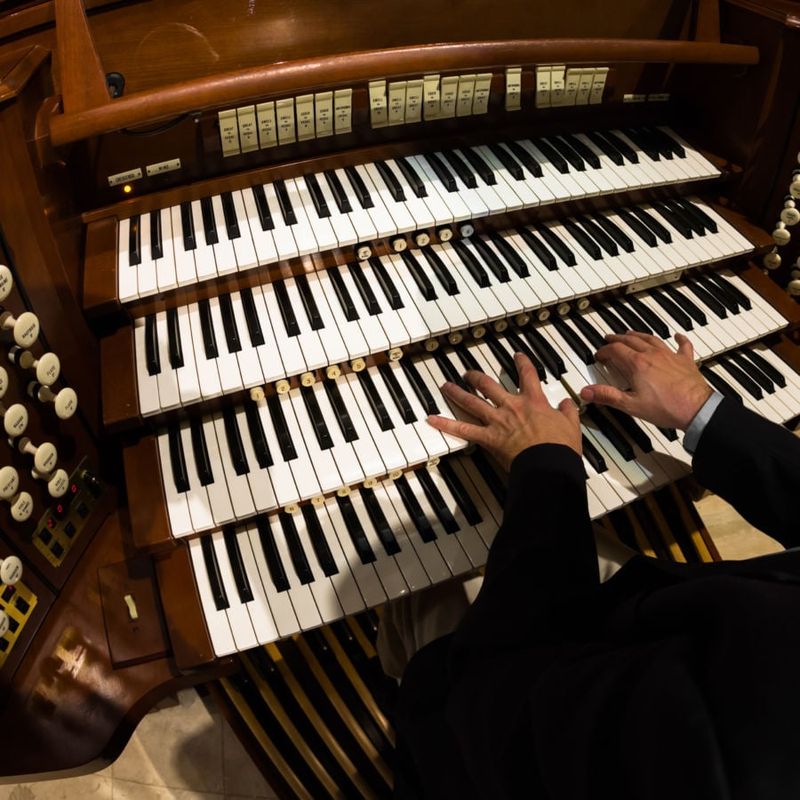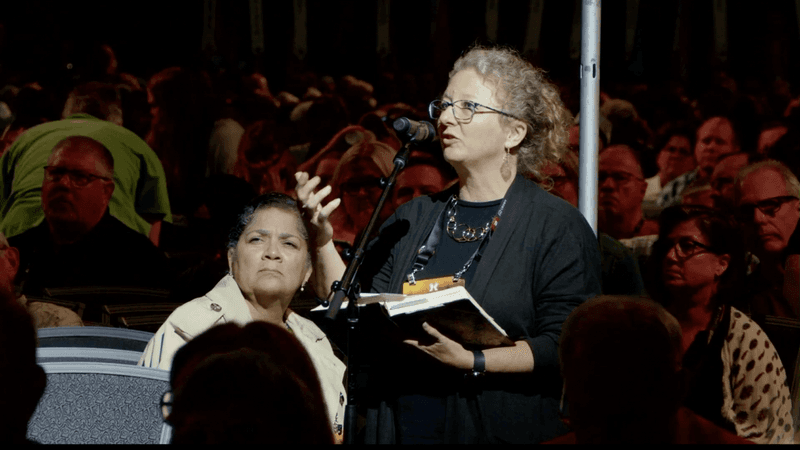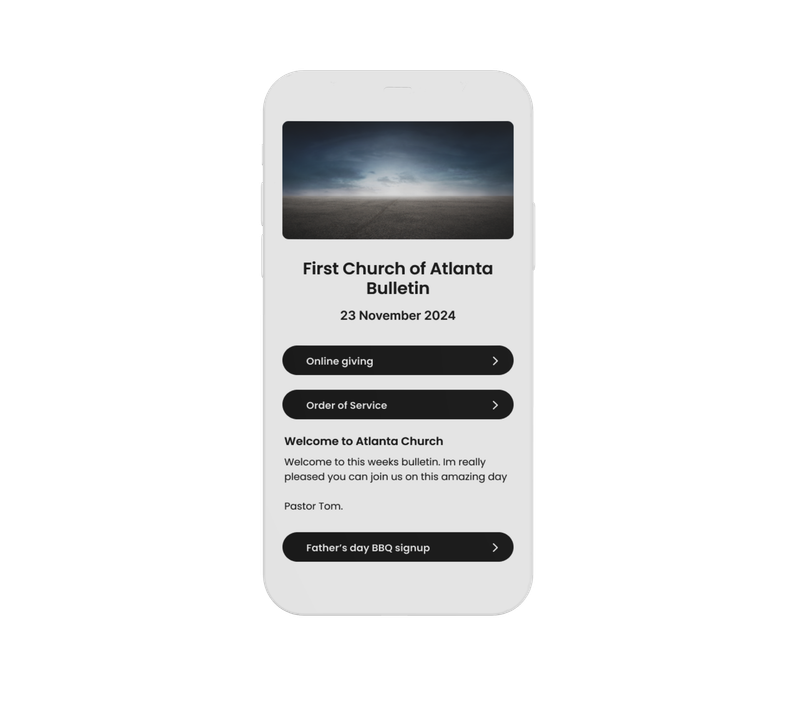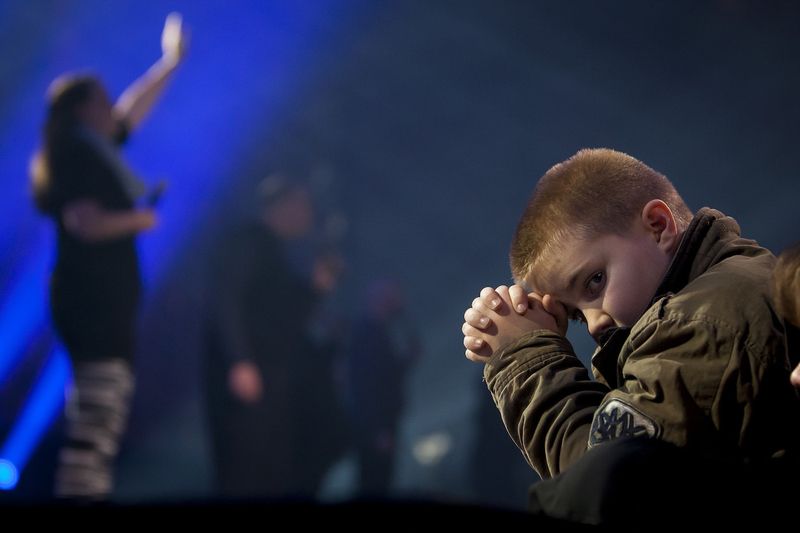In a world that’s rapidly evolving, many traditional church practices have become relics of the past. From physical Bibles in the pews to certain dress codes, these customs may no longer fit with modern lifestyles. Here’s a look at 20 church traditions that might not make sense in today’s world.
1. Pew Bibles (When Everyone Has One on Their Phone)
With a world at your fingertips, why lug around heavy paper tomes? With the tap of a screen, you can access any Bible verse instantly. This convenience has made traditional pew Bibles seem redundant.
Memorization and research are easier than ever with digital tools. The scent of paper may hold nostalgia, but practicality wins here. Many find the tactile experience of a book comforting, yet the digital shift is undeniable.
2. The “No Shorts” Dress Code
Some dress codes, like banning shorts, feel stifling in today’s warm climate. While some traditions emphasize respect through attire, comfort and inclusivity are gaining ground. Relaxing these codes can make church more welcoming to newcomers.
Casual dress doesn’t mean disrespect; it reflects the shift towards authenticity over formality. Embracing this can open doors to broader communities.
3. Passing the Offering Plate
In an age of digital transactions, why pass a plate? Venmo and online giving have transformed how we donate. This method is now as simple as a tap.
The tradition of physical collection can feel outdated to tech-savvy congregants. Modern methods offer seamless integration into daily life, encouraging consistent giving.
Yet, the tangible act of giving holds sentimental value for some. Balancing tradition with technology is key.
4. Hymnals (When Lyrics Are on a Screen)
Remember flipping through hymnals under dim church lights? Now, projectors have taken the spotlight. Lyrics on screens are clear, accessible, and error-free.
This shift makes participation easier for newcomers unfamiliar with hymnal page numbers. Projectors offer dynamic visuals that enhance the worship experience.
Yet, the hymnals’ history and craftsmanship hold a special place for many. As churches adapt, they balance tradition with innovation.
5. “Turn and Greet Your Neighbor” Time
For some, this moment is a beacon of community; for others, it’s anxiety-inducing. The ritual of greeting can feel forced and uncomfortable.
With social dynamics evolving, many question its relevance. Some prefer organic conversations rather than brief exchanges.
While fostering fellowship is crucial, churches are exploring ways to make it more genuine and less obligatory. Alternatives are being explored.
6. The 45-Minute Sermon
In a world where attention spans are shortening, the 45-minute sermon seems daunting. With so much information at our fingertips, brevity is appreciated.
Some find concise messages more impactful and memorable. The challenge lies in delivering depth within limited time.
Though some cherish long sermons for their detail, many yearn for shorter, engaging teachings. Adapting to modern needs is essential for connection.
7. The “Ladies’ Auxiliary”
Once a powerhouse of church community, the Ladies’ Auxiliary feels like a relic. It evokes images of 1950s gatherings with rigid roles.
Today’s women seek diverse, inclusive groups that reflect modern values. Empowerment and equality are at the forefront.
While the history of women’s groups is rich, their evolution mirrors broader societal changes. New groups offer fresh opportunities for involvement.
8. Sunday Night Services
Twice in one day? Many question the need for duplicate Sunday services. The tradition of evening worship is fading.
Busy lives and diverse schedules challenge attendance. Some prefer a single, impactful service in the morning.
While evening services once thrived, today’s congregations seek flexibility. Reimagining worship times can attract larger, engaged audiences.
9. The “Fellowship Hall” Coffee Hour
Weak coffee and stale donuts—iconic yet uninspired. The fellowship hall coffee hour needs a refresh.
Community gatherings are vital but deserve more creativity. Offering varied refreshments can make these moments more inviting.
The nostalgia of coffee hours is strong, yet modern tastes crave innovation and quality. Updating offerings can enhance post-service fellowship.
10. The “Thou/Thy” Language in Prayers
Praying in Shakespearean English? For many, it feels distant and archaic. Contemporary language resonates more with today’s believers.
While some cherish the solemnity of traditional phrasing, others seek clarity and connection in prayer.
Adapting language can make spiritual experiences more accessible and relatable. The goal is genuine expression, not outdated formality.
11. The “No Clapping” Rule in Some Churches
Appreciation through clapping—common yet controversial. Some churches maintain silence after performances, fearing it too worldly.
Expressing joy is natural, yet tradition holds strong in some places. Encouraging applause can make services more lively.
Balancing reverence with expression, churches explore ways to honor both. Cultural shifts influence how joy is celebrated in worship.
12. The Designated “Pastor’s Parking Spot”
A special spot for the pastor? This tradition raises eyebrows. Many see it as unnecessary and outdated.
Equality and accessibility are priorities, prompting reconsideration of reserved spaces. Walking a few extra steps isn’t burdensome in modern views.
While respect for clergy remains, the practice is more symbolic than practical. Re-evaluating needs can foster inclusivity.
13. The “Children Should Be Seen and Not Heard” Mentality
Keeping children silent? Challenging in today’s interactive world. Engaging young ones enriches their spiritual journey.
Enforcing silence feels outdated when inclusivity is valued. Churches welcome youthful voices and energy.
Creative programs and participation encourage growth. Viewing children as active members fosters a nurturing environment.
14. The “Midweek Prayer Meeting” That Nobody Attends
Once bustling, now sparse—midweek prayer meetings face dwindling numbers. Schedules and commitments compete with attendance.
Congregations seek spiritually fulfilling alternatives. Flexible, varied formats attract diverse participants.
Adapting to changing lifestyles, churches explore innovative gatherings. Offering new ways to connect revitalizes midweek worship.
15. The “No Instruments Except a Piano or Organ” Rule
Restricting instruments to piano and organ feels out of tune with modern worship. Variety in music enriches the spiritual ambiance.
Contemporary sounds resonate with younger generations. Embracing diverse instruments fosters inclusivity.
Traditional sounds have their place, yet evolution reflects cultural shifts. Balancing classic and modern enhances worship experiences.
16. The “Fire and Brimstone” Hell Sermon
Fear-driven messages—once effective, now questioned. The fire and brimstone sermon feels harsh in today’s context.
Compassionate teachings resonate more with contemporary audiences. Encouraging faith through love, not fear, is a growing trend.
Balancing tradition with empathy, churches explore positive, inclusive messages. Transformation through love is a powerful motivator.
17. The “Women Can’t Preach” Debate
Women at the pulpit—a debate that lingers. Equality and representation are central in today’s church discussions.
Female voices bring fresh perspectives, enriching spiritual communities. Overcoming stereotypes empowers change.
While tradition holds sway, progress is visible in many denominations. Embracing diversity strengthens congregations.
18. The “Church Bulletin” (That Goes Straight in the Trash)
Printed bulletins—handed out, then discarded. Many turn to digital updates, aligning with tech-savvy lifestyles.
Streamlined apps offer instant access to schedules and news. Reducing paper waste reflects environmental consciousness.
Though tangible, bulletins feel redundant in the digital age. Embracing technology keeps congregants informed efficiently.
19. The “Altar Call” Pressure
The altar call—a moment of decision, yet often pressured. Emotional appeals can feel manipulative to some.
Today’s congregants seek genuine connections, not guilt-induced responses. Encouraging organic spiritual journeys is key.
Altar calls hold historical significance, yet adapting to modern sensibilities enhances authenticity.
20. The “King James Version Only” Crowd
Insisting on the King James Version—cherished by some, perplexing to others. Clarity and accessibility are priorities for many.
Modern translations offer understanding without archaic language. Bridging tradition with readability enriches study.
While the King James holds historical beauty, embracing variety reflects today’s diverse believers.




